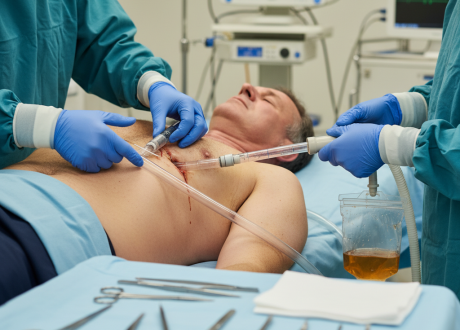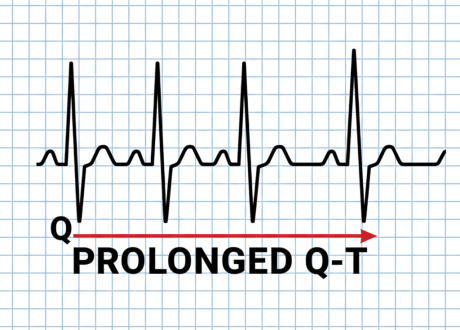Peter S. Pang, MD, MS1; David A. Berger, MD2; Simon A. Mahler, MD, MS3; et al
Key Points                                        
Question  Instead of hospital admission from the emergency department, does a short-stay unit (SSU) strategy of care improve quality of life for lower-risk patients with acute heart failure?
Findings  In this randomized clinical trial of 193 patients, there were no significant differences in quality of life at 30-day follow-up and no safety differences, although there were more days alive and out of hospital in the SSU arm. Outcomes were underpowered due to low enrollment during the COVID-19 pandemic.
Meaning  These findings show that for lower-risk patients with acute heart failure, SSUs may be a reasonable alternative to hospitalization.
Abstract
Importance  More than 80% of patients who present to the emergency department (ED) with acute heart failure (AHF) are hospitalized. With more than 1 million annual hospitalizations for AHF in the US, safe and effective alternatives are needed. Care for AHF in short-stay units (SSUs) may be safe and more efficient than hospitalization, especially for lower-risk patients, but randomized clinical trial data are lacking.
Objective  To compare the effectiveness of SSU care vs hospitalization in lower-risk patients with AHF.
Design, Setting, and Participants  This multicenter randomized clinical trial randomly assigned low-risk patients with AHF 1:1 to SSU or hospital admission from the ED. Patients received follow-up at 30 and 90 days post discharge. The study began December 6, 2017, and was completed on July 22, 2021. The data were analyzed between March 27, 2020, and November 11, 2023.
Intervention  Randomized post-ED disposition to less than 24 hours of SSU care vs hospitalization.
Main Outcomes and Measures  The study was designed to detect at least 1-day superiority for a primary outcome of days alive and out of hospital (DAOOH) at 30-day follow-up for 534 participants, with an allowance of 10% participant attrition. Due to the COVID-19 pandemic, enrollment was truncated at 194 participants. Before unmasking, the primary outcome was changed from DAOOH to an outcome with adequate statistical power: quality of life as measured by the 12-item Kansas City Cardiomyopathy Questionnaire (KCCQ-12). The KCCQ-12 scores range from 0 to 100, with higher scores indicating better quality of life.
Results¬†¬†Of the 193 patients enrolled (1 was found ineligible after randomization), the mean (SD) age was 64.8 (14.8) years, 79 (40.9%) were women, and 114 (59.1%) were men. Baseline characteristics were balanced between arms. The mean (SD) KCCQ-12 summary score between the SSU and hospitalization arms at 30 days was 51.3 (25.7) vs 45.8 (23.8) points, respectively (PвАЙ=вАЙ.19). Participants in the SSU arm had 1.6 more DAOOH at 30-day follow-up than those in the hospitalization arm (median [IQR], 26.9 [24.4-28.8] vs 25.4 [22.0-27.7] days;¬†PвАЙ=вАЙ.02). Adverse events were uncommon and similar in both arms.
Conclusions and Relevance  The findings show that the SSU strategy was no different than hospitalization with regard to KCCQ-12 score, superior for more DAOOH, and safe for lower-risk patients with AHF. These findings of lower health care utilization with the SSU strategy need to be definitively tested in an adequately powered study.
Trial Registration  ClinicalTrials.gov Identifier: NCT03302910









